Managing Facial Eczema Season with Sheep
It is well known in the sheep industry that facial eczema is a risk during the summer and autumn months, especially in the north island of New Zealand. It was estimated that a large outbreak of facial eczema (FE) back in 1981 cost the industry over $266 million dollars (adjusted for inflation in 2019) (1), proving that whilst FE can often go unseen, it certainly does not go unnoticed. Knowing how to manage and prevent FE in different systems is therefore crucial.
What is facial eczema?
What are the signs of FE in sheep?
Initial signs of FE in sheep include a high frequency of urination, restlessness, seeking shade, shaking of the head, and rubbing the head against hard surfaces such as fences and posts. It can further develop into drooping and redness of the ears, swollen eyes, and weeping and scab formation on any exposed skin areas. This skin can potentially become infected or fly blown(1). Long term, flocks are expected to have reduced fertility and fecundity, reduced growth rates in lambs and hogget’s, and an increased need for culling due to poor health and/or performance (3). Overall, even mild facial eczema can have an impact on the short term and long term health and performance of sheep, and will undoubtedly have a financial impact in the long run.
When and where is Facial Eczema a risk?
How to protect your flocks from Facial Eczema?
- Zinc boluses: a slow release ruminal bolus which provides protection for up to 6 weeks.
- Drenching: Mixing Zinc Oxide and Water together and drenching regularly
- Via feed (in a controlled manner only, such as in-shed feeding)
- Spraying pastures with Zinc Oxide
- Spraying pastures with fungicides
- Lowering stocking rate so pastures aren’t grazed as hard, to avoid the pasture base where spore counts are highest
- Using alternative pasture species: Pithomyces Chartarum fungus prefers ryegrass
- Using alterative crops: Chicory, plantain and legumes are examples of safe crops
- Breeding FE resistant sheep: a long-term solution.
- Beef + Lamb New Zealand. Facing up to Facial Eczema. 2019.
- Dairy Australia. A Review of Facial Eczema (pithomycotoxicosis). 2013.
- Facial Eczema in hill country-Potential toxicity and effects on ewe performance. Sheath, Webby and Boom. s.l. : Proceedings of the New Zealand Society of Animal Production, 1987, Vol. 47.
- D’Amours, Genevieve. Facial Eczema – Monitoring that works. VetScript. 2020.

